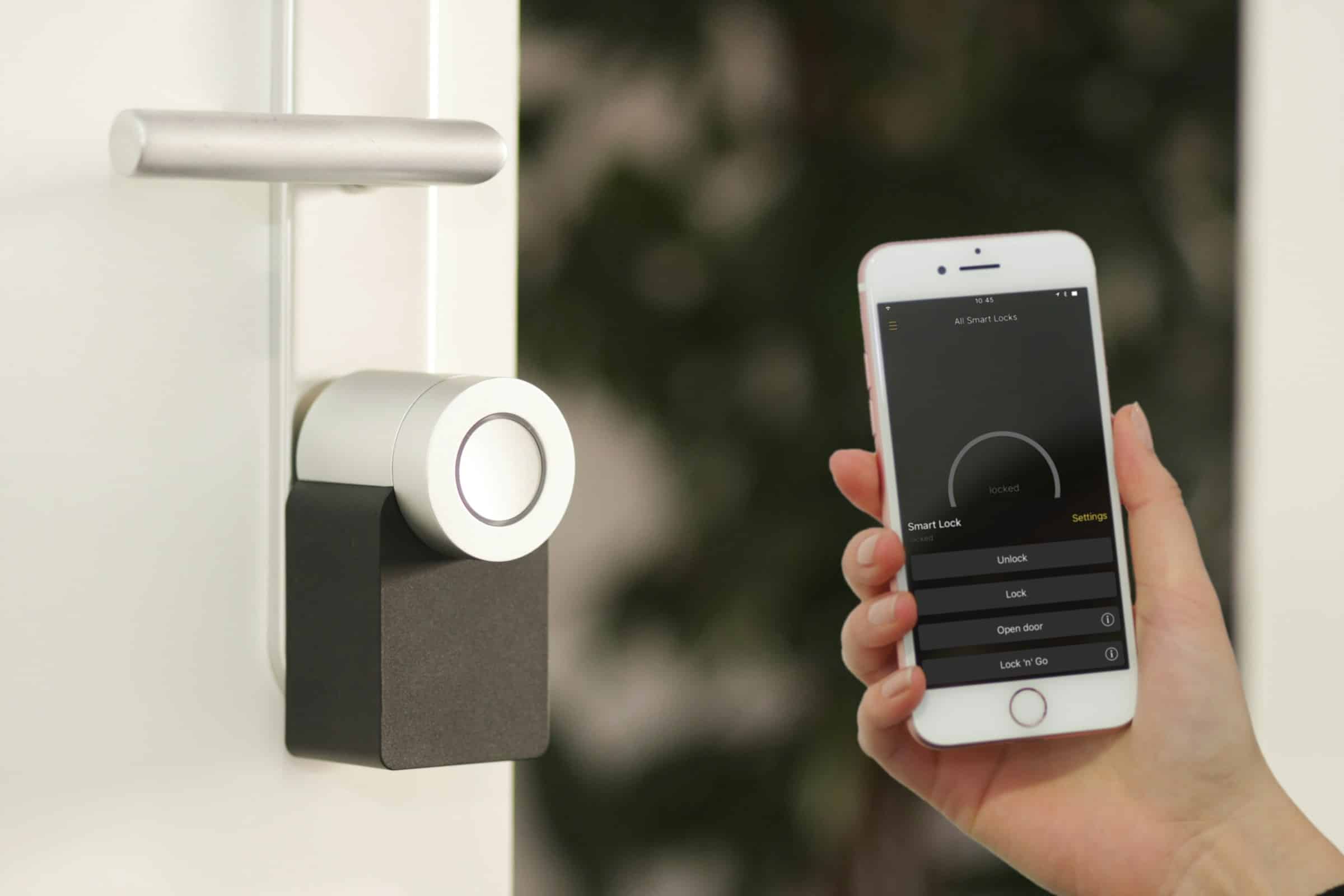What Are the Effective Methods for Using Your Smartphone as a Smart Home Control Center?

In an era where home automation is rapidly evolving, your smartphone has become more than just a communication device. It has transformed into a powerful hub for controlling and managing your smart home. But what are the most effective methods for using your smartphone as a smart home control center? This article aims to unpack the myriad ways you can leverage your phone to make your home more efficient, secure, and convenient. We'll delve into the key features, apps, and systems that can help you transform your smartphone into the ultimate smart home controller.
Setting Up Your Smart Home: The Basics
Before diving into the specifics, it's crucial to start with the basics of how to set up a smart home. A well-planned setup can save you from unnecessary hassles and make your smart home experience seamless.
A lire en complément : How to Set Up and Use Contactless Payment Systems on Your Smartphone?
Choosing the Right Smart Devices
The first step is selecting the appropriate smart devices for your needs. From smart lights and thermostats to security systems and appliances, the market is flooded with options. Brands like Google Nest and Philips Hue offer products that integrate smoothly with your smartphone.
When choosing devices, consider compatibility with popular home automation systems like Google Home and Amazon Alexa. Ensure that these devices can be controlled via a mobile app, providing you with the flexibility to manage them from anywhere.
Cela peut vous intéresser : What Are the Best Techniques for Using Your Smartphone to Control a Smart Alarm Clock?
Connecting to a Reliable Network
A stable and secure network is the backbone of any smart home. Ensure that your Wi-Fi is robust enough to handle multiple smart devices. Investing in a mesh network system can help in providing consistent coverage throughout your house.
Installing Control Apps
Next, install the necessary home apps to control your smart devices. The Google Home app is a versatile option that integrates well with a variety of smart devices. Additionally, many devices come with their proprietary apps, offering more specialized control features.
Setting Up User Profiles and Permissions
If you live in a household with multiple members, setting up individual user profiles and permissions can help in managing who controls what. This is particularly useful for families, as it allows parents to restrict access to certain devices for their children.
Leveraging Google Assistant and Other Voice Controls
Voice control is one of the most compelling features of a smart home. With Google Assistant, you can control your smart devices using simple voice commands.
How to Set Up Google Assistant
To get started, download the Google Assistant app on your smartphone. Follow the setup instructions and link it to your Google Home or other compatible devices. Once set up, you can use voice commands to control various aspects of your smart home.
Voice Commands for Everyday Use
Voice commands can range from simple tasks like turning on lights to more complex routines like setting the thermostat to a specific temperature and playing your favorite music simultaneously. Here's a list of some useful voice commands:
- "Hey Google, turn off the living room lights."
- "Hey Google, set the thermostat to 72 degrees."
- "Hey Google, lock the front door."
Integrating Third-Party Apps
One of the advantages of using Google Assistant is its compatibility with numerous third-party apps. By integrating these apps, you can extend the functionalities of your voice-controlled smart home. For example, linking your Google Assistant with security apps can help you monitor and control your home security systems more effectively.
Managing Home Security Through Your Smartphone
Security is a paramount concern in any household. Your smartphone can serve as a central point for monitoring and controlling your home’s security systems, providing peace of mind whether you are at home or away.
Choosing the Right Security Devices
Invest in reliable smart security devices like cameras, doorbells, and locks. Brands like Google Nest offer a range of products that can be easily monitored and controlled via your smartphone. Look for devices that send real-time notifications and allow live streaming for instant access to your home’s security status.
Using Security Apps for Monitoring
Most smart security devices come with their dedicated apps. These security apps offer features such as motion detection alerts, live video feeds, and remote locking/unlocking of doors. By installing these apps on your smartphone, you can keep an eye on your home even when you are miles away.
Setting Up Notifications and Alerts
Set up notifications and alerts to stay updated on the security status of your home. For instance, you can receive instant alerts if a security camera detects motion or if a door is left unlocked. This real-time information enables you to take immediate action, thereby enhancing your home’s security.
Integrating Security Systems with Other Smart Devices
For a more comprehensive security setup, integrate your security systems with other smart devices. For example, you can set up routines where your lights automatically turn on when the security camera detects motion, or your thermostat adjusts when the house is empty. This not only boosts security but also contributes to the overall efficiency of your smart home.
Simplifying Daily Tasks with Home Automation
One of the primary benefits of smart homes is the ability to automate daily tasks, making your life simpler and more convenient.
Creating Routines and Schedules
Use your smartphone to create routines and schedules for your smart devices. For instance, you can set your smart lights to turn on at sunset or program your coffee maker to start brewing when your alarm goes off. The Google Home app offers a user-friendly interface to set up these routines, allowing you to automate various aspects of your daily life.
Using Geofencing for Personalized Control
Geofencing is another effective method for home automation. By setting up geofences, your smartphone can trigger specific actions based on your location. For example, you can set your thermostat to adjust to a comfortable temperature when you are within a certain distance from your home. This not only enhances comfort but also contributes to energy savings.
Leveraging IFTTT for Advanced Automation
If you want to take home automation to the next level, consider using IFTTT (If This Then That). This platform allows you to create conditional statements, known as applets, that link different smart devices and services. For instance, you can set an applet to turn off all lights when you leave the house or to receive weather updates in the morning. By integrating IFTTT with your smartphone, you can achieve a higher level of automation and customization.
Controlling Appliances and Systems
Your smartphone can also be used to control various home appliances and systems. With the appropriate apps, you can manage your oven, washing machine, and even your irrigation system. This level of control not only adds convenience but also enhances the efficiency of your household.
Enhancing Convenience with Third-Party Apps and Services
While native apps provide a good level of control, third-party apps and services can further enhance the convenience and functionality of your smart home.
Exploring Third-Party Apps
There are numerous third-party apps available that can help you manage your smart home more efficiently. Apps like SmartThings offer a comprehensive platform to control and automate a wide range of smart devices. These apps often provide additional features and customization options that native apps might lack.
Integrating Home Technology with Lifestyle Apps
Integrating your smart home technology with lifestyle apps can provide a more holistic living experience. For instance, you can link your fitness apps with your smart home to create a healthier environment. Imagine your lights gradually increasing in brightness as your morning workout begins or your thermostat adjusting to a cooler temperature during your exercise routine.
Using Home Apps for Energy Management
Energy management is another area where third-party apps can be beneficial. Apps like Sense and Neurio help you monitor and manage your home’s energy consumption. By installing these apps on your smartphone, you can track which devices are using the most energy and make adjustments to reduce your overall consumption.
Enhancing Entertainment with Smart Home Apps
Your smartphone can also serve as a central control hub for your home entertainment systems. Apps like Sonos and Spotify can be integrated with your smart home to provide a seamless entertainment experience. You can control your speakers, TVs, and other entertainment devices directly from your phone, making it easier to enjoy your favorite content.
In conclusion, your smartphone can effectively serve as a control center for your smart home by leveraging various methods and technologies. From setting up smart devices and using voice controls with Google Assistant, to enhancing security and automating daily tasks, your phone offers a multitude of functionalities that can make your home more efficient and secure. By integrating third-party apps and services, you can further augment the capabilities of your smart home, making it a more convenient and enjoyable space.
As smart home technology continues to evolve, the possibilities for using your smartphone as a control hub are endless. With the right setup and apps, you can transform your smartphone into a powerful tool that enhances every aspect of your home life. So, take the plunge and explore the myriad ways you can optimize your smart home experience through your phone.
